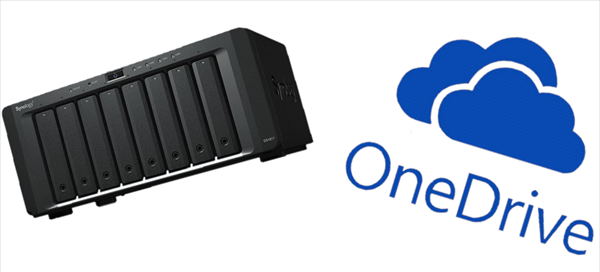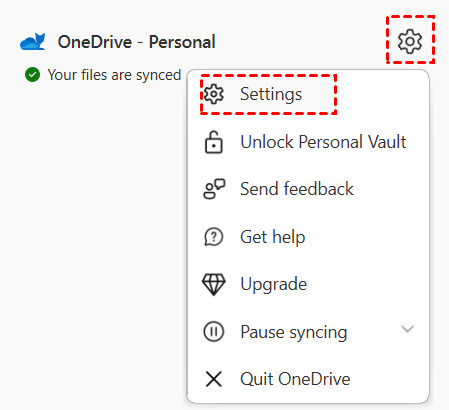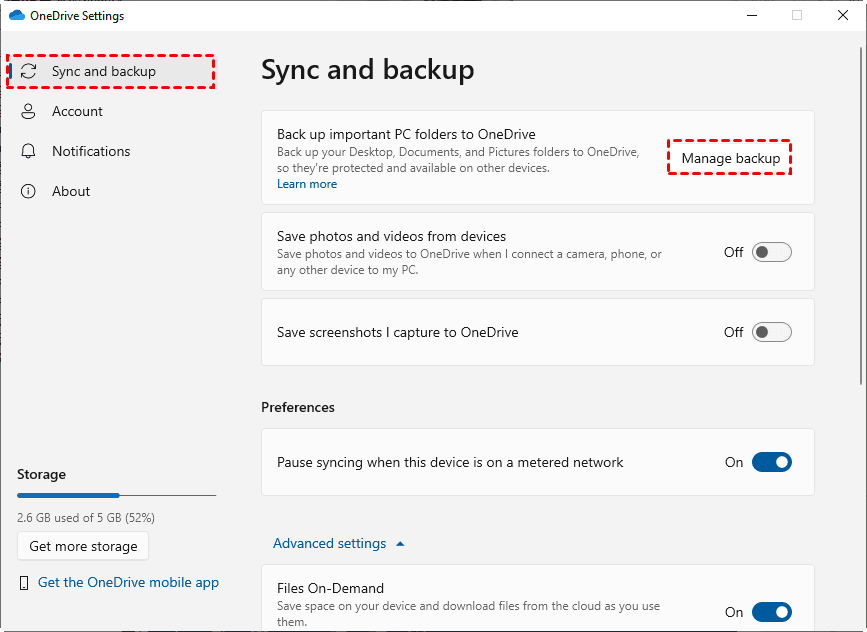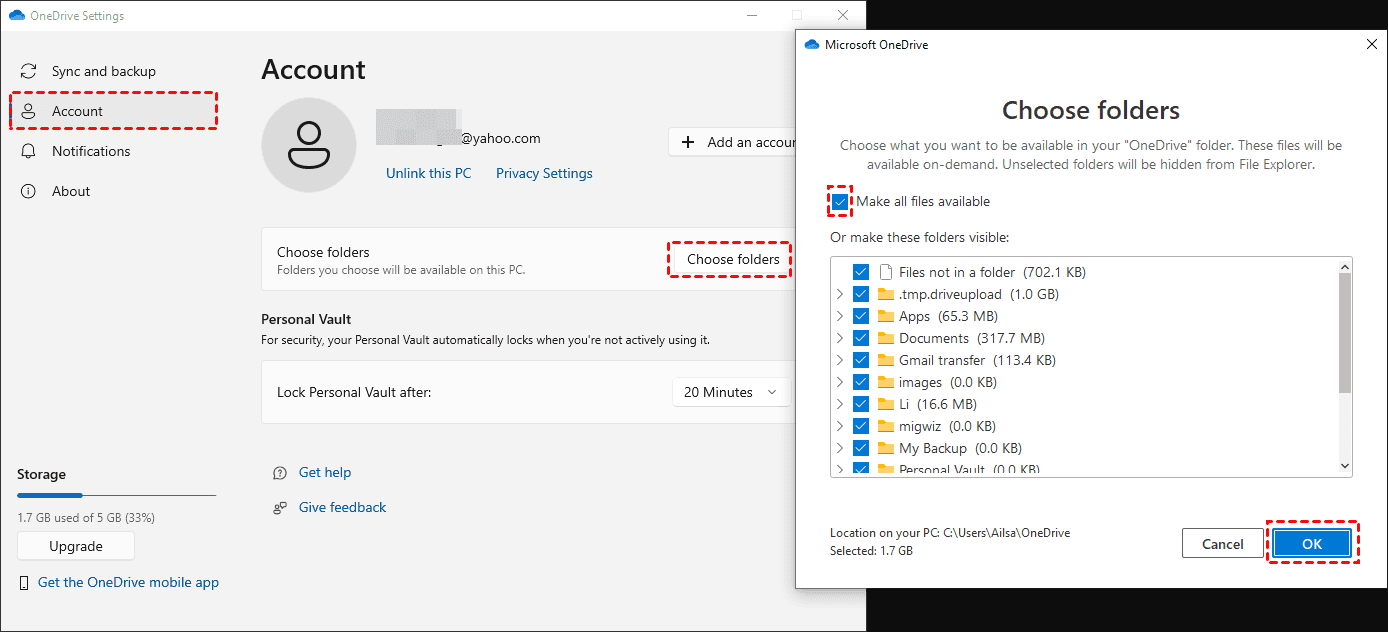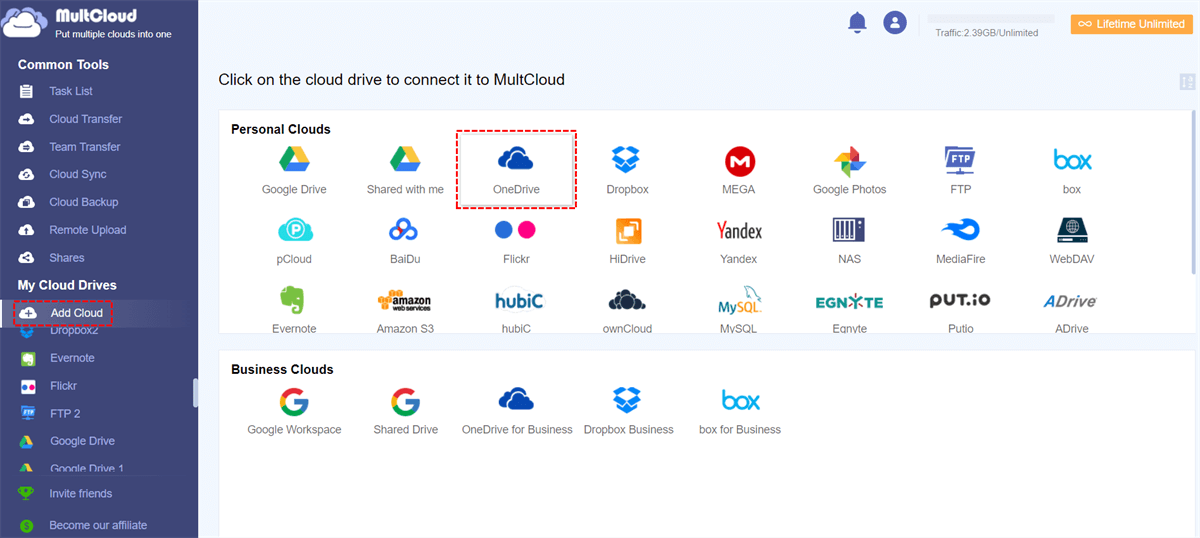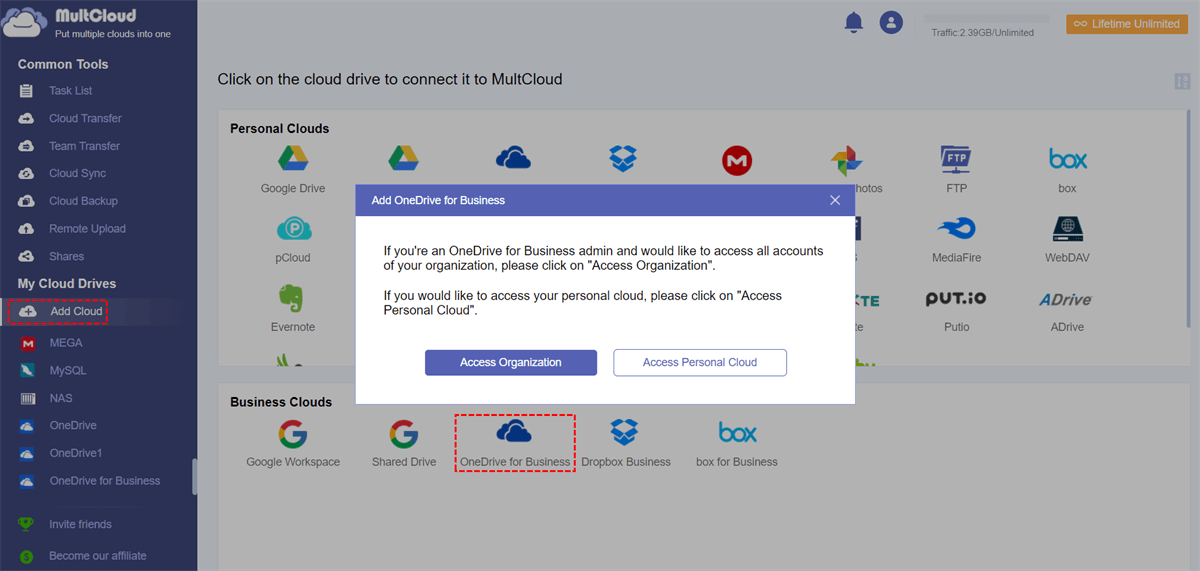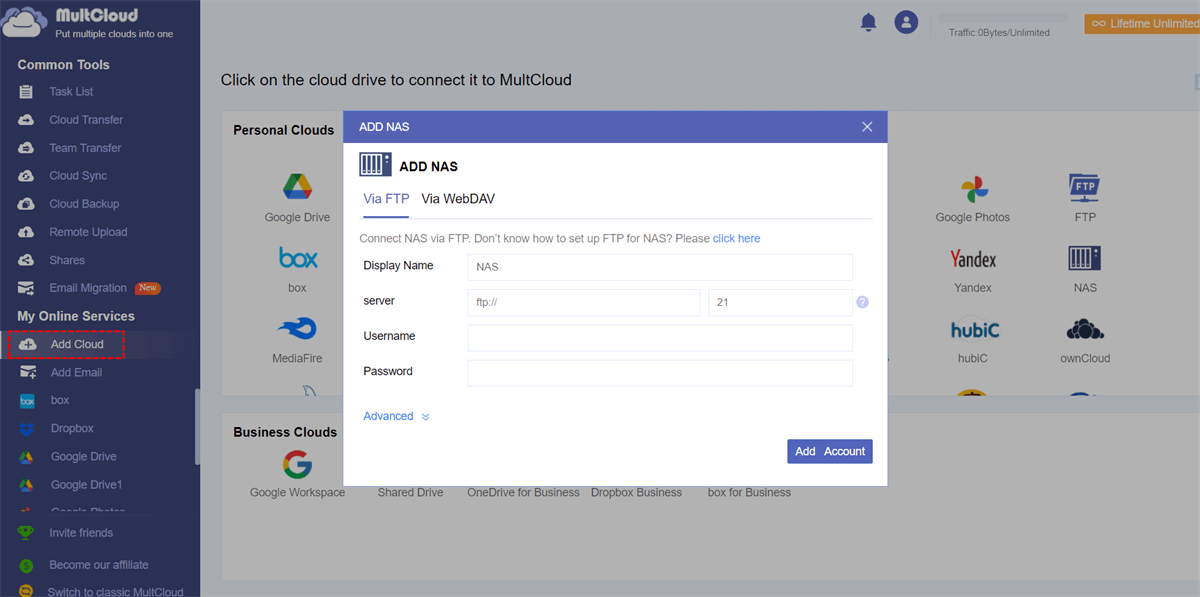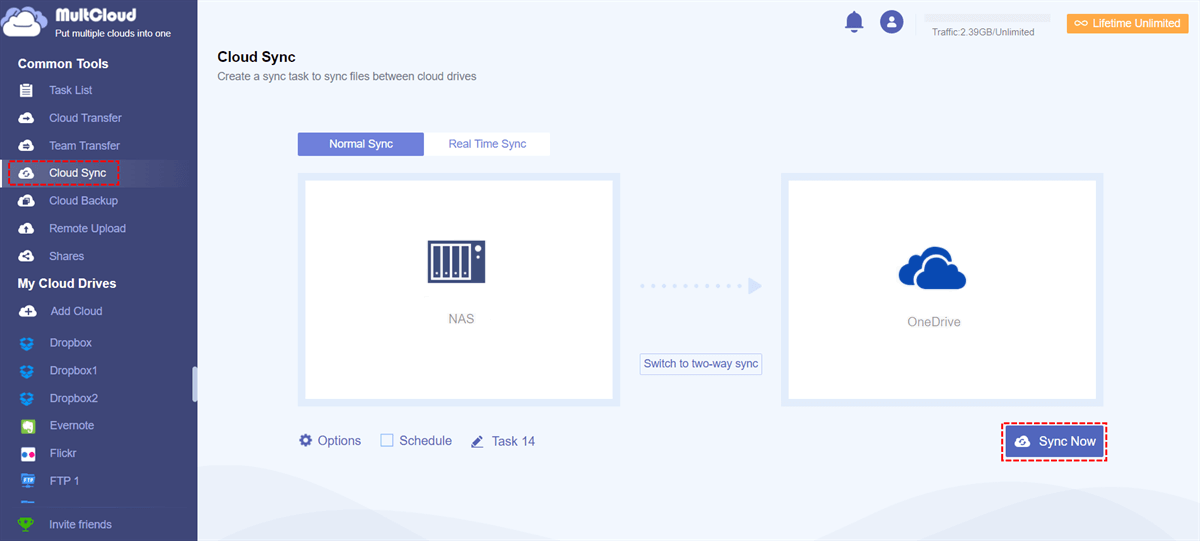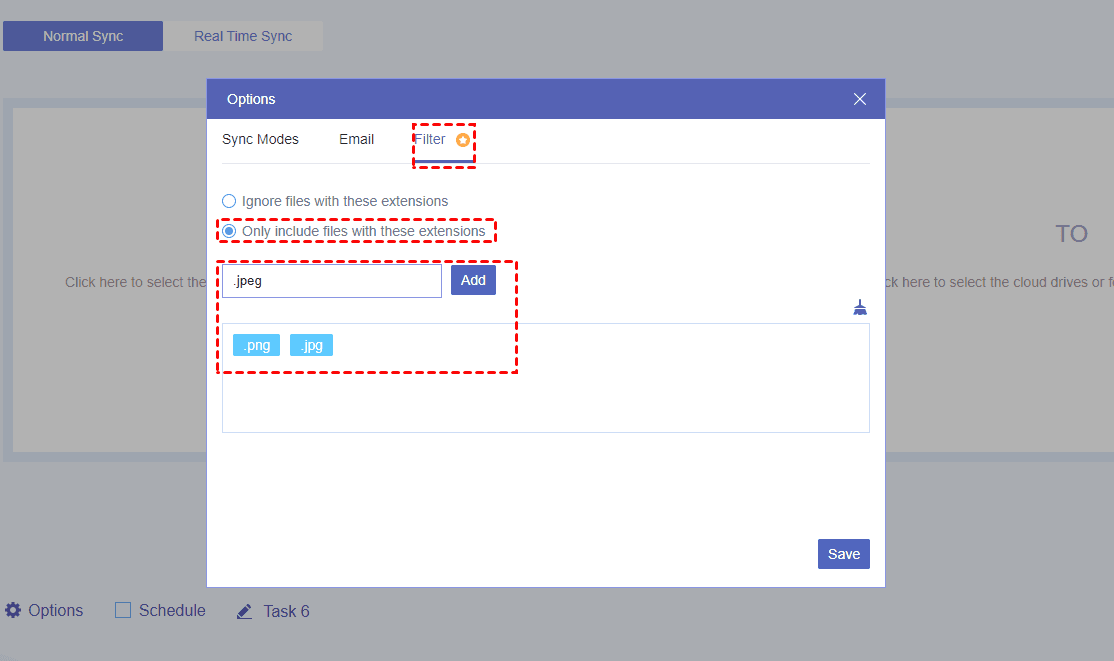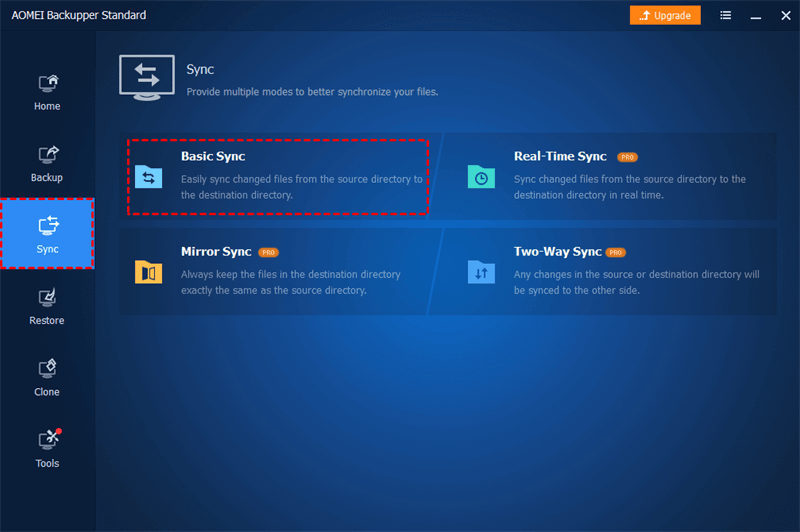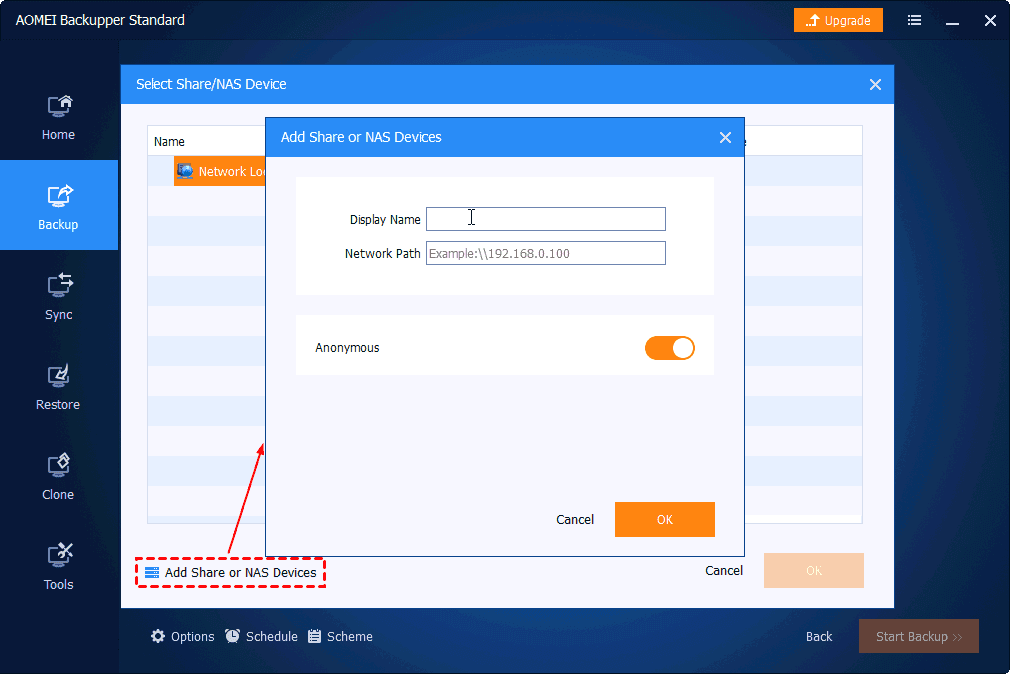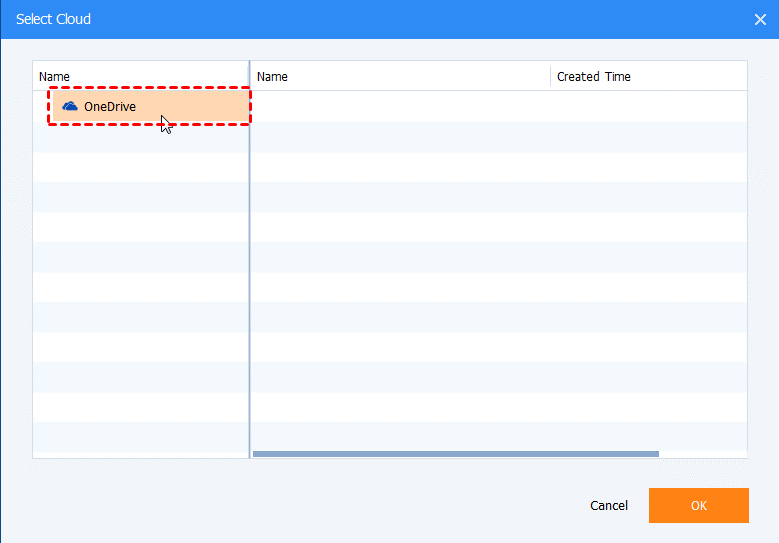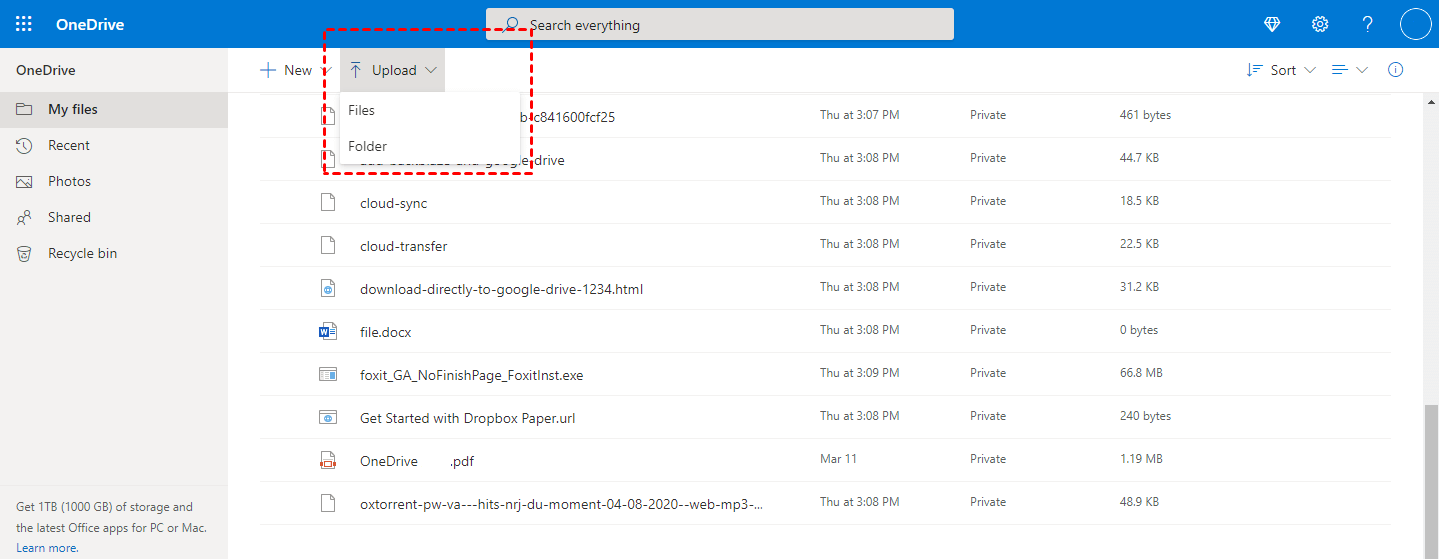User Case
"Setting up a new cloud-sharing environment involves syncing a data set from a mapped drive to OneDrive. To avoid moving the entire mapped drive into the OneDrive folder, I explored using the mklink function to join a directory to a folder within OneDrive. However, after testing, there seem to be sync issues when the data set remains on its current drive with the junction target set to the OneDrive folder:
- Some changes in the mapped drive folders cannot be synced to OneDrive folders.
- Folders cannot be saved on the mapped drive individually but like a shortcut of the OneDrive folders."
If you encounter the same issues above, you may try the other 2 automatic workarounds in this post to sync network drive OneDrive by MultCloud or AOMEI Backupper. You may find them more suitable for your needs.
Why Sync Network Drive to OneDrive?
Syncing a network drive to OneDrive offers several advantages, making it a beneficial choice for many users and organizations. Here are some reasons why you might consider syncing a network drive to OneDrive:
- Cloud Backup: By syncing your network drive to OneDrive, you create a backup to OneDrive. This helps protect your files from data loss due to hardware failure, accidental deletions, or other unforeseen events.
- Accessibility and Mobility: Syncing your network drive to OneDrive enables you to access your files from anywhere with an internet connection. This convenience is especially valuable for people who work remotely or need to access files on the go.
- Integration with Office 365: If you use Microsoft Office 365, you may know that OneDrive integrates seamlessly with the suite. The syncing enables easy access to your files directly from Office apps, making it simple to open, edit, and save documents.
Sync Network Folder to OneDrive via OneDrive Sync
The most common way is using the OneDrive sync to sync files between your network drive and OneDrive. The sync will be in real-time as long as your computer has a network connection.
Step 1: Download and install the OneDrive desktop app.
Step 2: Log in to your OneDrive account.
Step 3: Open OneDrive by tapping its icon on the taskbar. Then, click the gear icon and choose "Settings".
Step 4: Go to the "Sync and backup" tab and press "Manage backup".
Step 5: Choose the folders you want to sync with OneDrive and save the changes.
If you want to sync OneDrive to network drive on the desktop app, you can follow these steps:
Step 1: Go to the "Account" tab in the OneDrive settings.
Step 2: Click the "Choose folders" button.
Step 3: Select the OneDrive folders that you want to sync with the network drive.
Step 4: Click "OK" to save the settings.
How to Sync Network Drive with OneDrive via MultCloud
An automatic task is always better than a manual task, especially when you have many files to sync from a network drive to OneDrive. If you use a NAS device as your network drive, here comes the best sync solution - using MultCloud Cloud Sync. MultCloud, a professional cloud management service, allows you to manage your NAS and OneDrive files in one place. The Cloud Sync function is designed for cloud-to-cloud sync. It can help create an automatic sync task and then transfer files between NAS and OneDrive with 10 customizable sync modes. Besides, MultCloud supports 30+ cloud storage services. Therefore, you can not only sync NAS with OneDrive but also other clouds like Google Drive, Dropbox, iCloud Drive, MEGA, pCloud, Amazon S3, etc.

- Normal Sync: Just transfer files from one cloud to another cloud once.
- One-way Sync: Sync from the source cloud to the target cloud without going back.
- Real Time Sync: Constantly sync files from one cloud to another in real time.
- Two-way Sync: The sync process will go both ways between the source and target.
- Update Sync: The sync task aims to save the newest file version in the target cloud.
- Mirror Sync: Always keep files the same in both the source and target by syncing.
- Move Sync: Move the files and then delete them in the source after syncing.
- Incremental Sync: Only sync the modified or added files to the target.
- Cumulative Sync: The sync task will not sync the deletion to the target.
- Full Backup Sync: All the files will be synced to the target each time.
Sync Network Drive to OneDrive by Cloud Sync
Step 1: Get a MultCloud account by clicking "Get started for free" after entering its website.
Step 2: Add OneDrive to MultCloud by tapping "Add Cloud" and selecting its icon. Then log in to your OneDrive account and grant access permission to MultCloud.
Note: If you want to sync folders on a network drive with OneDrive for Business, add OneDrive for Business instead of OneDrive. When you add OneDrive for Business to MultCloud, you can choose to add the admin account to access all the sub-accounts' files or just your personal account.
Step 3: Click "Add Cloud" and the NAS icon. Then, enter the credentials to connect NAS to MultCloud.
Step 4: Click "Cloud Sync” and select NAS in the left box and OneDrive in the right box. Then click "Sync Now" to start syncing NAS with OneDrive. If you want to sync OneDrive to NAS, choose OneDrive as the source and NAS as the destination.
Notes:
- You can get 5GB of free traffic to transfer, sync, or back up files between clouds every month. However, if you have many files to sync, 5 GB may not be enough. Therefore, you can upgrade to a paid plan to get more traffic and sync without limitation.
- If you want to run the sync task once a day/week/month, you can use the Schedule feature to let it automatically start at the appointed time.
- If there are some types of files that you do not want to sync, you can use "Filter" to select these files with their extensions and let the task ignore them.
Sync Network Folder with OneDrive via AOMEI Backupper
Except for MultCloud, using AOMEI Backupper is also a good solution on how to sync network drive with OneDrive, or vice versa. The operations are also quite easy and automatic. You can go with the following steps.
Step 1: Download and launch AOMEI Backupper.
Step 2: Click "Sync" after you install it and choose Basic Sync.
Step 3: Tap on the "+ Add Folder" button, select "Share/NAS", and then add NAS by clicking "Add Share or NAS Devices".
Step 4: Select the lower box when you are back to the Basic Sync page, choose OneDrive, and click "OK".
Note: Make sure that you have the OneDrive desktop app, so that you can find it in the pop-up window.
Step 5: Click "Start Sync" to initiate the task after you add NAS and Google Drive.
Note: If you want to use more advanced features like Mirror Sync, Two-way Sync, and Real-time Sync, you can subscribe to a paid plan of AOMEI Backupper Professional.
Network Drive Sync with OneDrive via Manually Uploading
If you only have a few files to sync from the network drive to OneDrive or the sync frequency is rare, you can try this manual solution on how to sync network drive with OneDrive.
Step 1: Enter OneDrive and log in to your account.
Step 2: Click "Upload" and choose "Files" or "Folders". Then open the network drive folder and select the files that you want to sync.
Step 3: Tap on the "Open" button to start uploading files to OneDrive.
Conclusion
After reading the whole post, you must master the 4 solutions on how to sync network drive with OneDrive. If you need more customizable features for the sync task, using MultCloud or AOMEI Backupper is more recommended.
What's more, when you start using MultCloud, you can find more functions on it, such as Cloud Transfer, Cloud Backup, Email Migration, Remote Upload, Share, Instagram Downloader, Video Downloader, and others.
► Cloud Transfer: You can use it to automatically copy files from a network drive to OneDrive with a fast speed.
► Cloud Backup: Make a OneDrive backup of your network drive files and restore them with different versions.
► Share: Securely share files and folders with passwords. Besides, allow others to upload without accounts.
► Email Migration: Save Outlook or Gmail emails to OneDrive as PDF files, a network drive, or other clouds.
► Remote Upload: Directly save files to OneDrive, NAS, or other clouds as links.
► Instagram Downloader: Directly save photos, reels, stories, and highlights from Instagram to the local or cloud.
► Video Downloader: Download videos from YouTube, TikTok, Vimeo, Facebook, and over 1000+ websites to your device.
FAQs
Can I link a network drive to OneDrive?
Yes, you can link a network drive to your OneDrive account with the OneDrive desktop app. After linking, you can choose the folders and files you want to sync between the network drive and OneDrive.
How to sync a shared drive with OneDrive?
Whether you want to sync the local shared drive (with NAS) or the Google Workspace shared drive with OneDrive, you can use the MultCloud Cloud Sync function to reach you goal in real-time without any downloading or uploading.
How do I map a network drive with OneDrive?
Before mapping a network drive with OneDrive, you also need to sync this network drive with OneDrive. Then, go to the "Map Network Drive" page and enter the path of your desired OneDrive folder to finish the task.
MultCloud Supports Clouds
-
Google Drive
-
Google Workspace
-
OneDrive
-
OneDrive for Business
-
SharePoint
-
Dropbox
-
Dropbox Business
-
MEGA
-
Google Photos
-
iCloud Photos
-
FTP
-
box
-
box for Business
-
pCloud
-
Baidu
-
Flickr
-
HiDrive
-
Yandex
-
NAS
-
WebDAV
-
MediaFire
-
iCloud Drive
-
WEB.DE
-
Evernote
-
Amazon S3
-
Wasabi
-
ownCloud
-
MySQL
-
Egnyte
-
Putio
-
ADrive
-
SugarSync
-
Backblaze
-
CloudMe
-
MyDrive
-
Cubby
